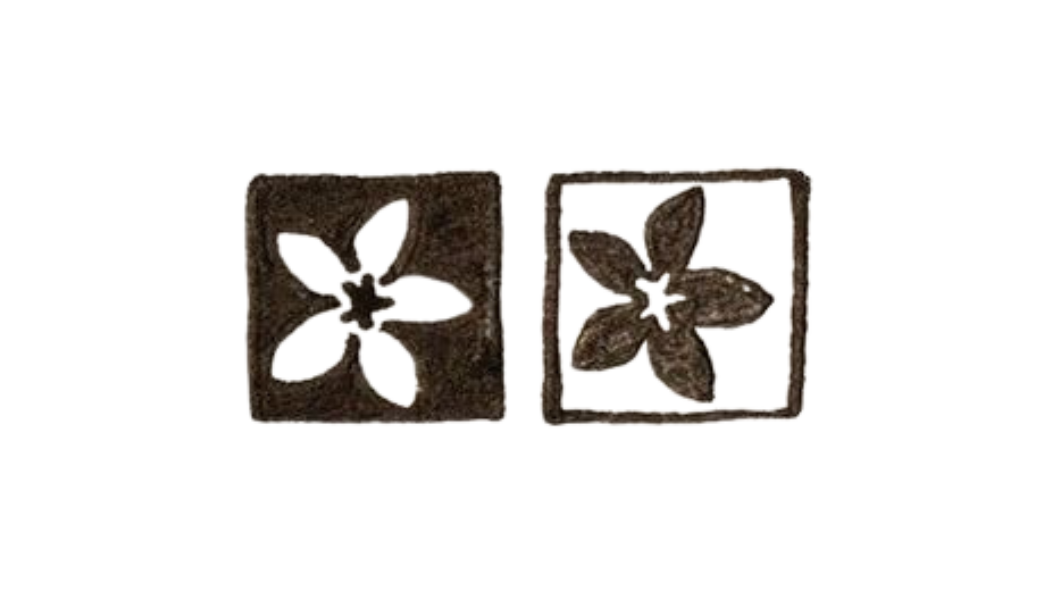The hidden struggles of being multi-creative
Being multi-creative often feels like balancing too many creative worlds inside me. A gift, yes. But also a weight. Ideas, perspectives, knowledge/wisdom or concepts arrive constantly—not always one at a time, sometimes all at once—each one feeling urgent, and each one pulling me in a different direction. Choosing where to place my energy can feel like choosing which part of myself to disappoint, or even betray. It’s a difficult and insecure process of constantly wondering: Where do I give expression to?
One of the hardest parts is the fragmentation. While others might focus on one craft, one goal, or one clear path, my knowledge and creativity moves across different terrains. I can’t stick to one medium, one specific subject or project for too long without feeling creatively trapped. But shifting focus also carries guilt: projects left half-finished, ideas paused indefinitely, energy scattered across too many things at once.
There’s also the weight of invisibility. Being a multi-creative often means working on things that few people will ever see. Some projects exist only as mental blueprints, some fade before completion, and some are experiments that lead nowhere obvious. From the outside, it can look like inconsistency, lack of discipline or even productivity. Internally, it feels like carrying a universe no one else can quite perceive. I’m always building something, but not always producing something visible. And in a world obsessed with output, that can feel like failure.
Then there’s the cycle of burnout. When I do have energy, it comes in short bursts—intense, consuming, and unsustainable. I’ll ride the wave until I’m spent, only to find myself crashed on the couch, physically still but mentally tangled in new ideas I don’t yet have the strength to pursue. Rest often doesn’t feel restful. It feels like creative pressure building up while I’m too tired to do anything about it.
And yet, the real work for me isn’t just about creating. It’s about giving myself permission—permission to express whatever wants to come through, without overthinking the tone of voice, the format, or the expression itself. Permission to not worry how others might perceive it. Permission to remember that creativity was never meant to be perfect. It’s meant to be honest. Because authenticity—what this is ultimately about—is about embracing who you are, and how you feel in every moment.
The hardest part isn’t doing the work — it’s managing the inner chaos of having too many creative paths, too many parts of myself pulling in different directions, and no solid ground to stand on.
And yet, I know this isn’t something to fix. Being multi-creative isn’t a flaw. It’s rather a complex way of being. But learning how to honor that complexity—to move between projects without self-judgment, to value the quiet thinking time as much as the actual creating, and to accept inconsistency as part of my personal creative rhythm—that’s the real challenge.
